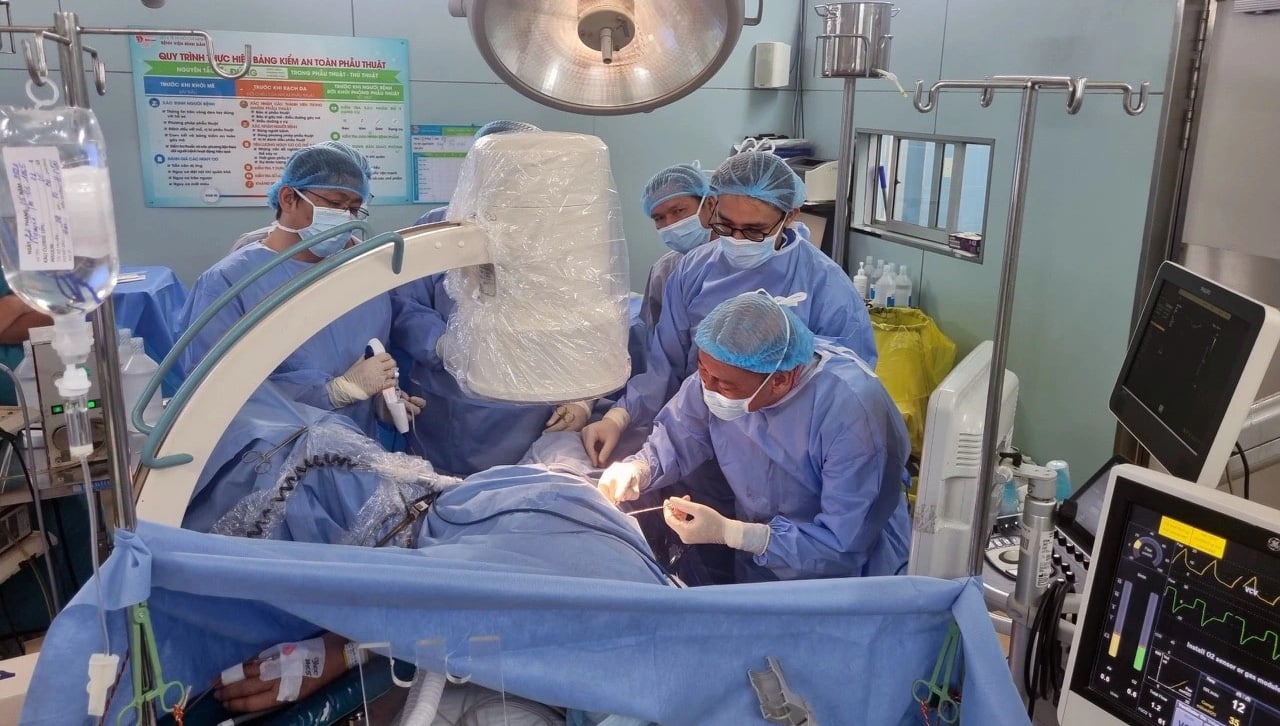
Associate Professor, Dr. Nguyen Phuc Cam Hoang and doctors are performing a new technique to remove stones from patients - Photo: Provided by the hospital
Using this new technique, doctors removed complex bilateral kidney stones from Ms. NTH, 59 years old, living in Dong Thap .
Kidney stones cause excruciating pain.
Previously, according to Ms. H., for the past year she has been experiencing constant pain on both sides of her lower back, which is very uncomfortable. Having suffered from kidney stones for many years and having undergone two open surgeries to remove kidney stones locally, Ms. H. suspected that the pain was due to a recurrence of kidney stones. A month ago, her pain became more and more severe.
The local hospital diagnosed Ms. H. with bilateral kidney stones and grade 1 hydronephrosis in both kidneys. Ms. H. decided to go to Binh Dan Hospital in Ho Chi Minh City for treatment.
At Binh Dan Hospital, Ms. H. said she had pain in her lower back on both sides, which increased when pressed.
Ultrasound results showed grade 1 hydronephrosis in the right kidney. Combined with non-contrast abdominal X-ray and CT scan, two kidneys had complex stones in many renal calyces (renal sinus, upper calyces, middle calyces and lower calyces).
Each kidney has about 4-5 stones, the largest stone size is about 14 x 20 x 20mm.
Ms. H. has a history of high blood pressure, diabetes and has undergone a total of 5 abdominal surgeries to treat various medical conditions.
Assessing this as a complicated case of stones, with the expectation of completely removing the stones being difficult due to the scarring from many previous surgeries, the doctors of the hospital's Department of Urology B consulted to find the best surgical method for the patient.
Clean kidney stones for patients
After studying the case, the surgical team led by Associate Professor, Dr. Nguyen Phuc Cam Hoang decided to perform right kidney stone lithotripsy using both retrograde endoscopic and percutaneous endoscopic approaches.
This method is being widely applied in many advanced countries in the world such as the United States, United Kingdom, Japan, Korea...
This method is reported to have a higher stone-free rate after only one surgery when compared with single percutaneous endoscopic or retrograde lithotripsy techniques, due to increased access to stones in the renal calyces, difficult locations within direct vision, less blood loss, and reduced risk of renal calyceal injury.
The surgical team was divided into two groups, performing parallel approaches to the right kidney stone through two routes: retrograde endoscopy using a flexible endoscope, following the urethra to the kidney, combined with percutaneous endoscopy through the flank and back into the kidney under the guidance of ultrasound and fluoroscopy (C-ARM).
After 180 minutes, the kidney stones were broken into small pieces by laser, removed from the body by washing and picked up with a stone basket.
Fluoroscopy results immediately after surgery showed that the patient's kidney stones had been completely removed.
Associate Professor Nguyen Phuc Cam Hoang, the main surgeon, said: "Through the surgical case of patient H., the surgical team is confident that they can widely deploy the kidney stone lithotripsy technique combining two approaches: retrograde endoscopic and percutaneous endoscopic in the near future for patients with complex kidney stones."
For the first time in 20 years, the patient did not have pain due to kidney stones.
Dr. Hoang Thien Phuc - Head of Urology Department B at Binh Dan Hospital, where Ms. H. was monitored post-surgery - said that after surgery, the patient was able to walk on her own on the second post-operative day and was discharged on the fourth post-operative day.
The patient said this was the first time in more than 20 years that she had not experienced pain caused by kidney stones.
Thanks to minimally invasive laparoscopic surgery with only a small incision in the skin of about 0.5cm, Ms. H. also said that the pain was much less and the recovery time was faster than previous open surgeries to remove kidney stones.
Source: https://tuoitre.vn/lay-soi-than-phuc-tap-gay-dau-don-20-nam-cho-nguoi-benh-20240612120536071.htm


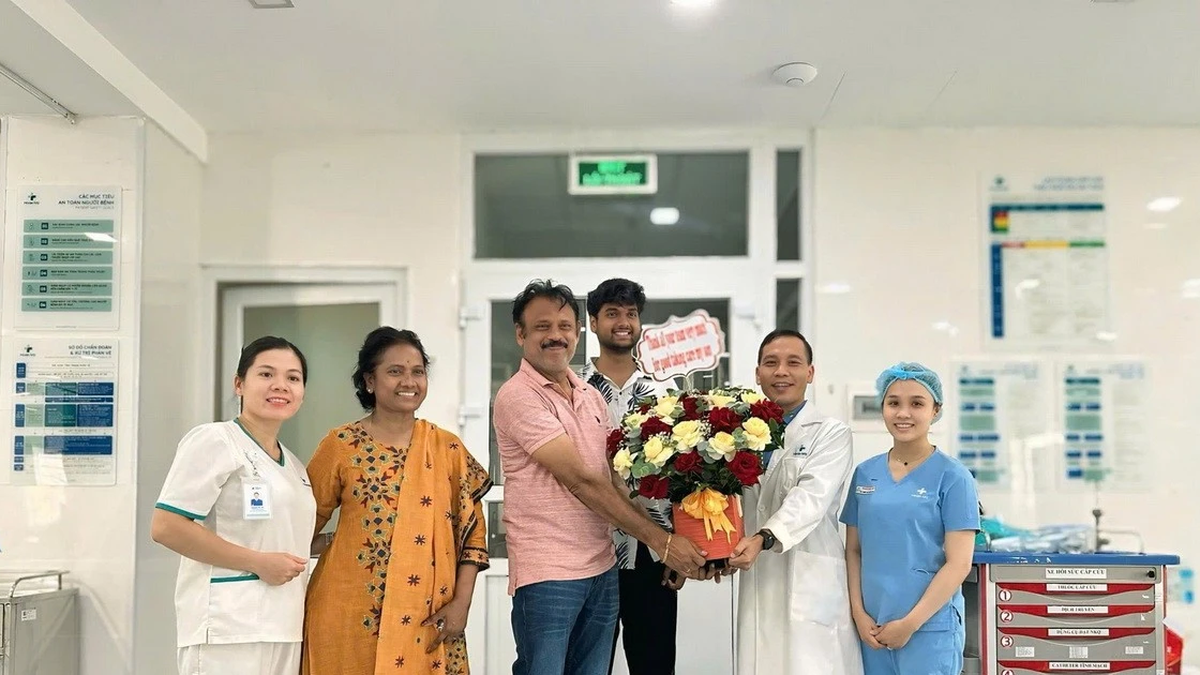
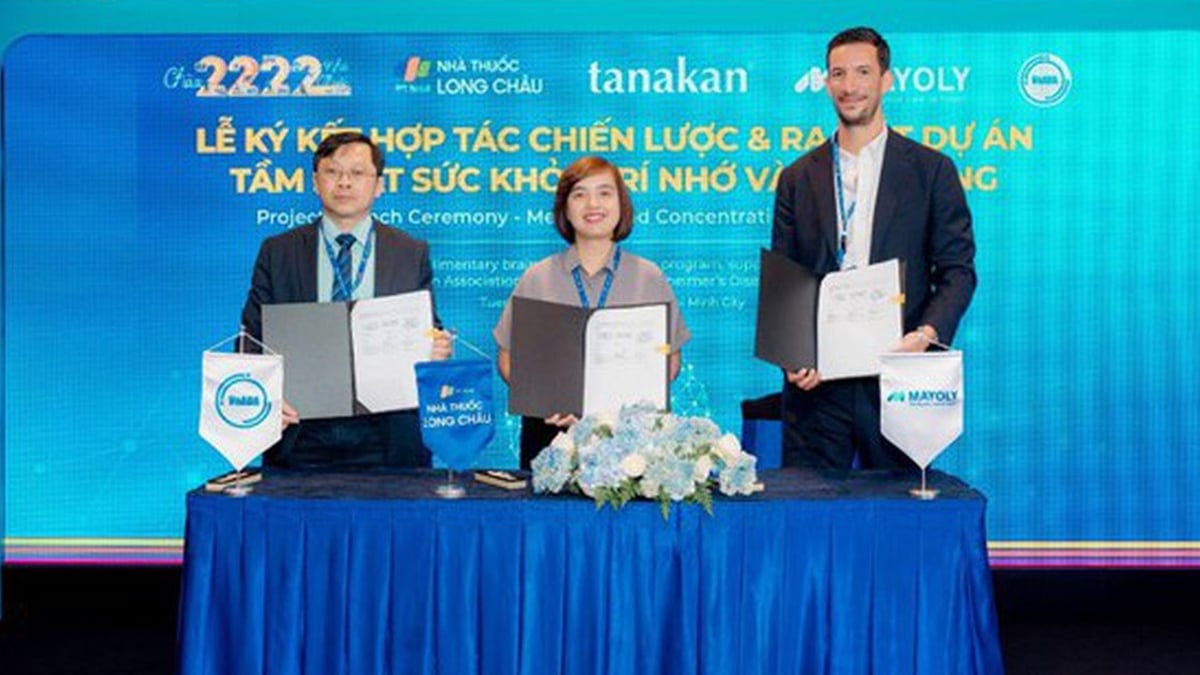

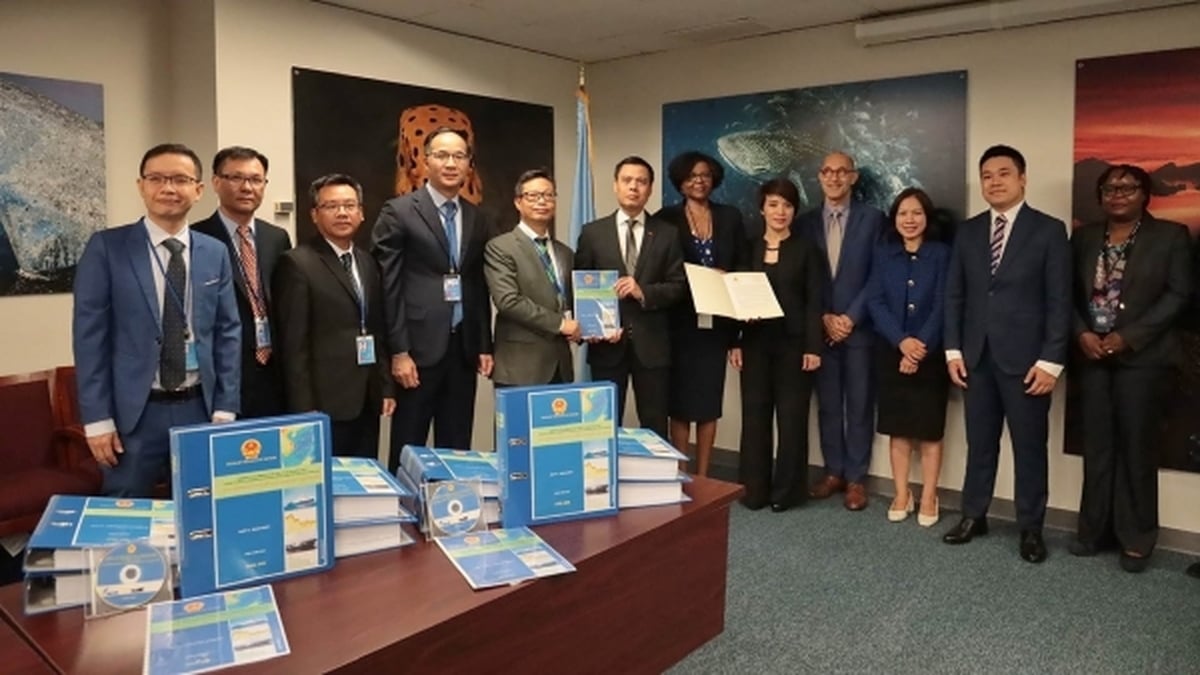

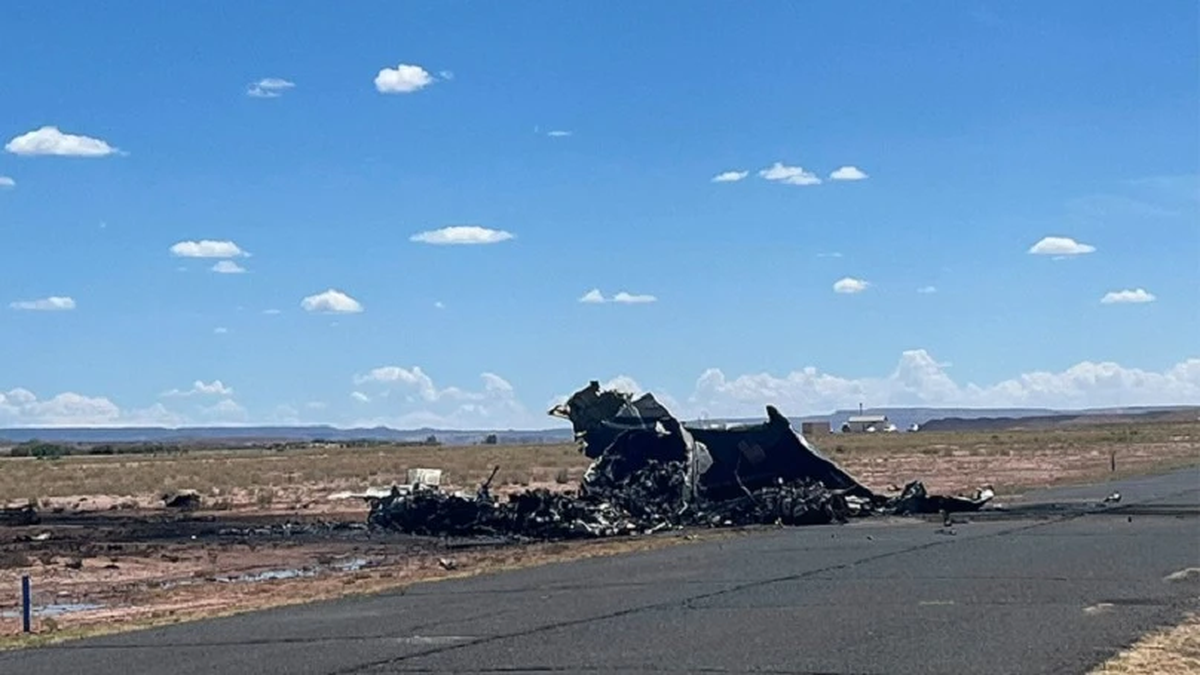
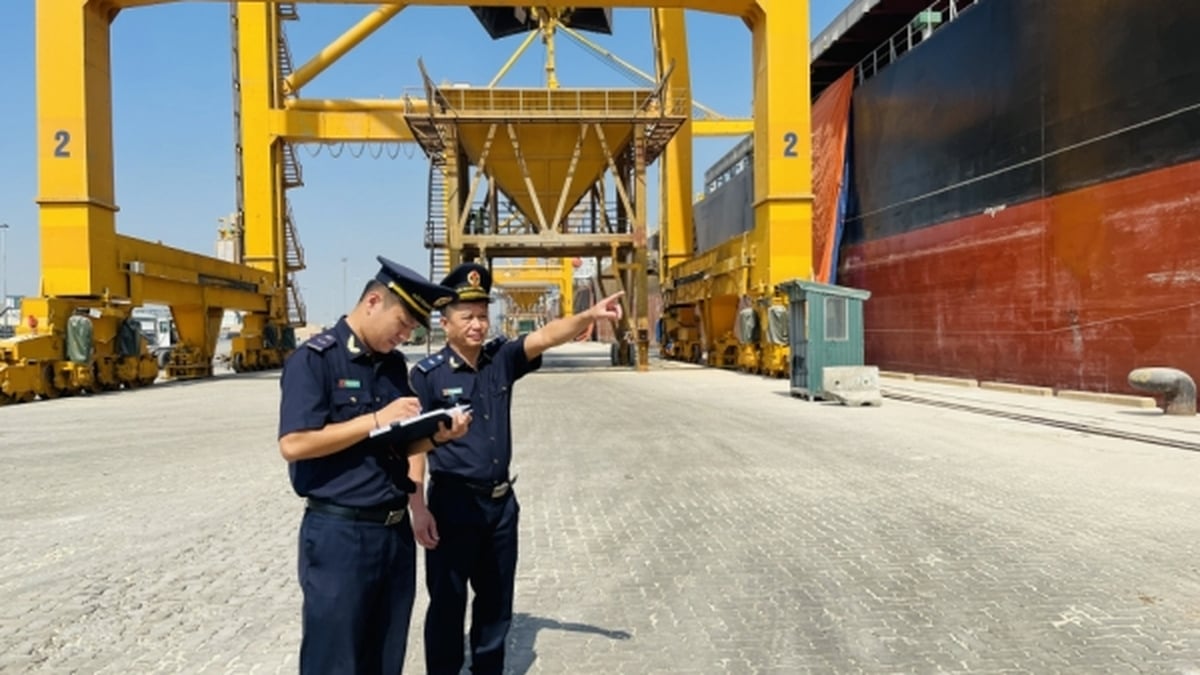

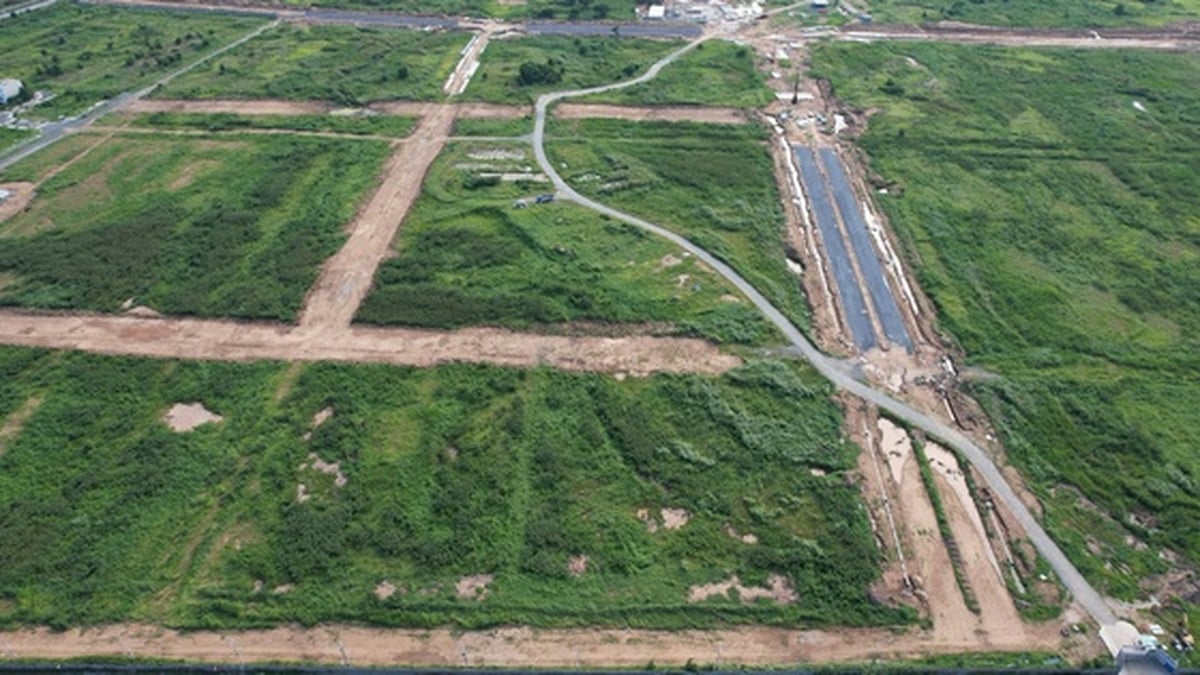
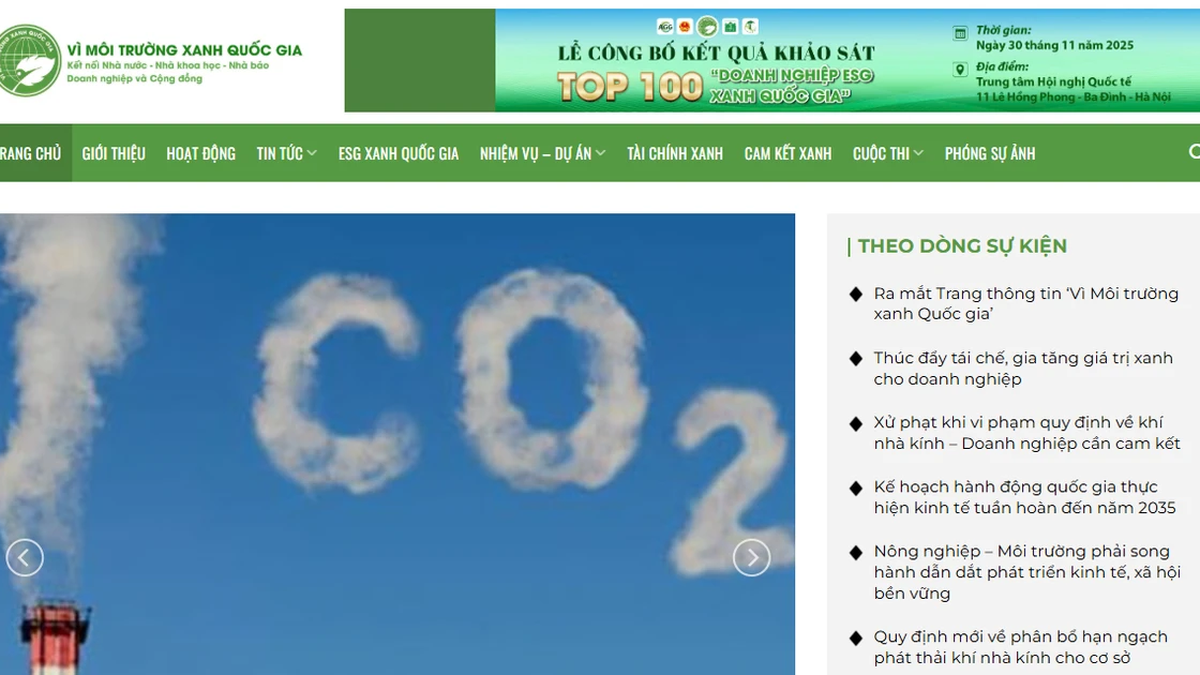













![[Photo] Nghe An: Provincial Road 543D seriously eroded due to floods](https://vphoto.vietnam.vn/thumb/1200x675/vietnam/resource/IMAGE/2025/8/5/5759d3837c26428799f6d929fa274493)





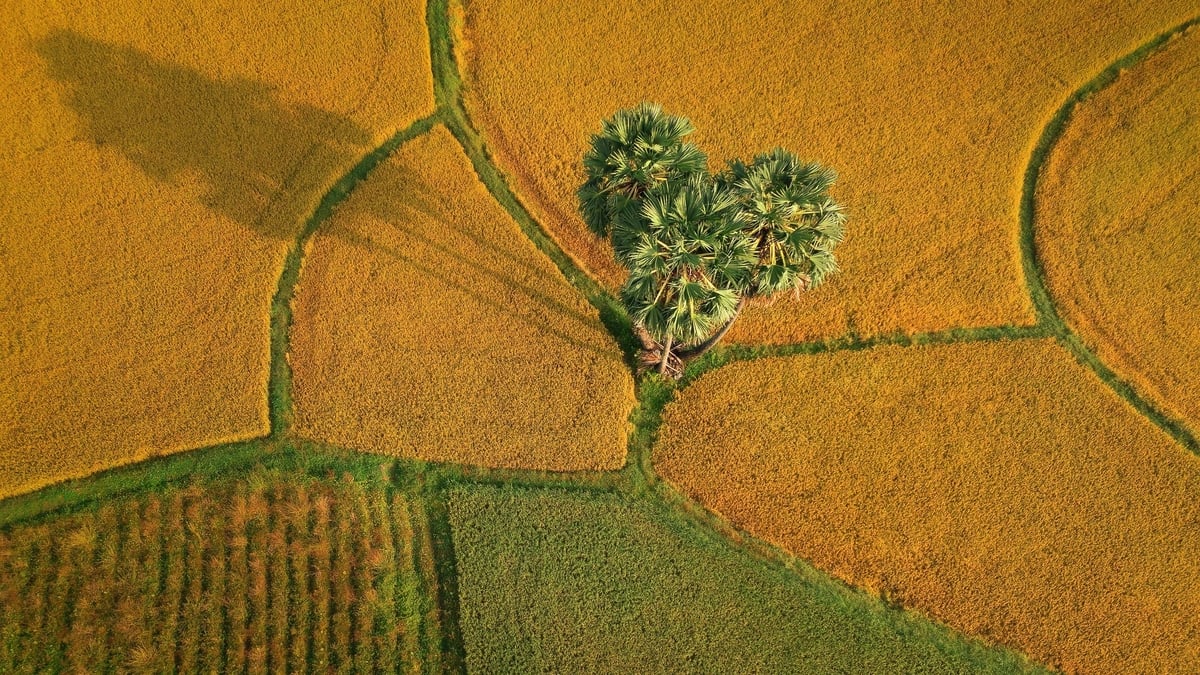


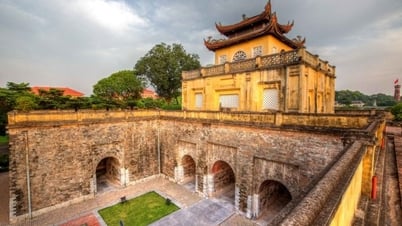

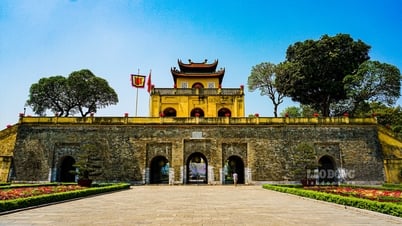

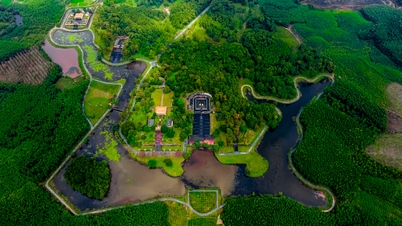


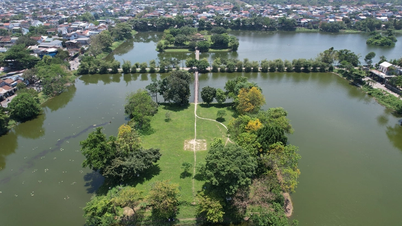


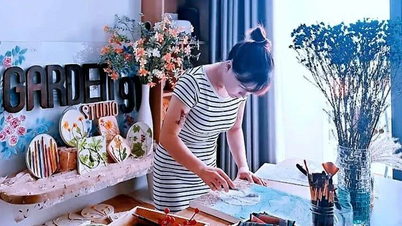







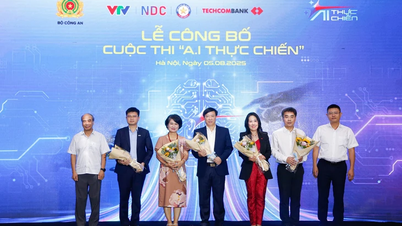
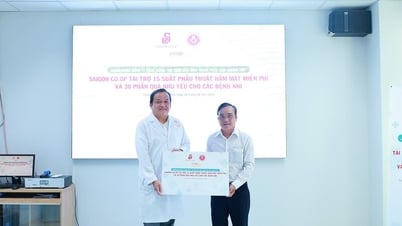

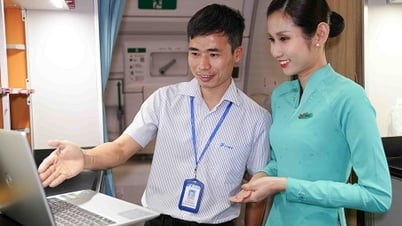






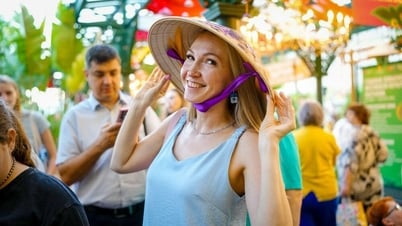









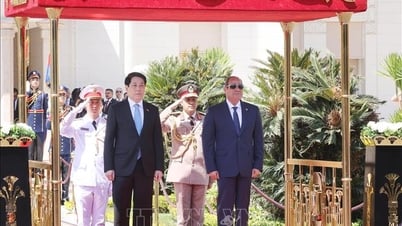
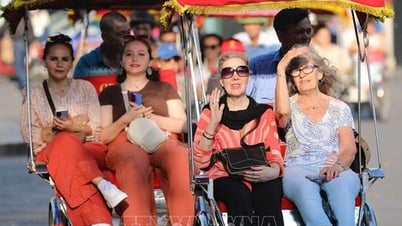










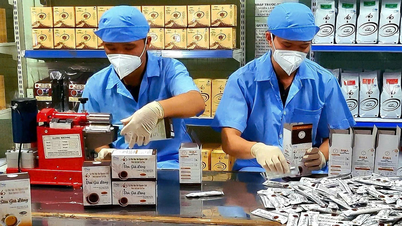














Comment (0)